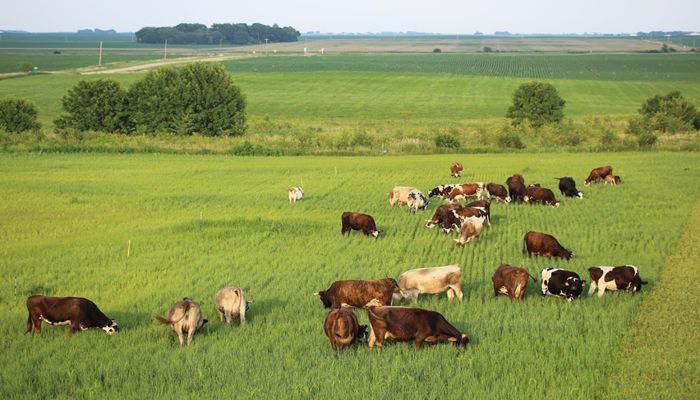Not so many years ago, a majority of the beef in the United States was produced and finished by using grass exclusively. In fact, it wasn’t until the 1950s that large feed lots and grain-fed techniques became widely popular. The grain-fed movement spread very quickly and by the 1980s, large feed lots were responsible for producing nearly 100% of this country’s beef.
The nation’s switch to grain had a strong rationale. Grain-fed techniques have neutralized many of the unpredictable variables associated with raising cattle (favorable weather, green grass, and steady pricing in the market) and significantly streamlined the nation’s beef supply chain. However, several nutritional experts now believe that this migration to grain-fed beef was not in the best interest of our nation’s long-term health. For instance, rates of heart disease and obesity in the U.S. have increased significantly during the last four decades. Many researchers believe that the timing of these two events is more than a mere coincidence.
While still a niche movement, grass-fed beef production and consumption is making a comeback.
Saturated Fat: Low levels (similar to the levels found in lean chicken breasts)
Good Fat: High in omega-3s (also commonly found in certain fish, such as salmon and tuna)
CLA: High doses of conjugated linoleic acid, thought by many to fight cancer
E. Coli: Reduced exposure to bacteriaAg Process: Ecologically friendly
Saturated Fat: Levels are often 3-4 times higher than those found in grass-fed beef
Good Fat: Limited omega-3 content
CLA: Limited CLA content (because CLA comes directly from the grass)
Ag Process: Requires significant use of chemicals, fertilizers and gasoline
